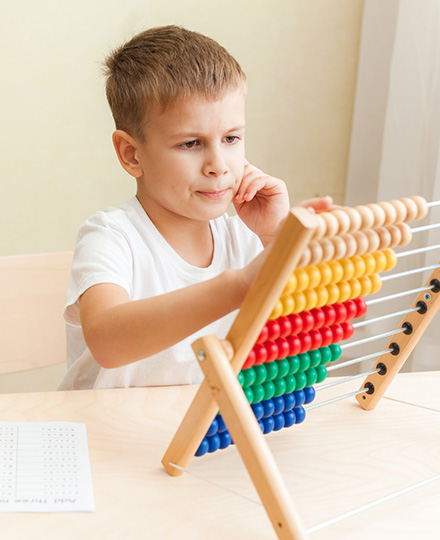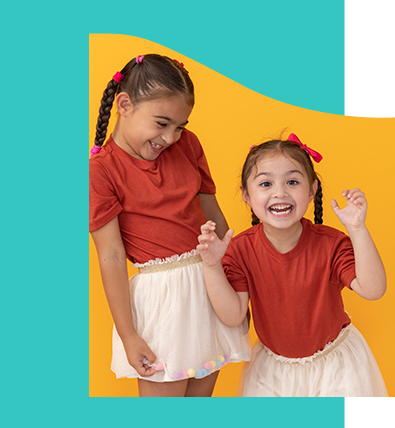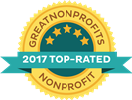Goals/Objectives/
Evaluation
An IEP should include goals and objectives specific to each child’s unique needs. Goals may be broad, such as “John will increase his verbal communication and comprehension,” or specific, such as, “This student will learn to interact more with her peers at recess and lunch.” Educational objectives are tailored to a child’s individual needs and based on the long-term goal. They describe the process by which the child may reach the goal and how a child’s progress will be monitored.
For Example:
GOAL:
“Krista will increase her verbal responses to questions during the course of the year.”
OBJECTIVES:
“Krista will verbally answer WH (who, what, when, where, why) questions with 85 percent accuracy when queried by her teachers and peers” by June 30th, 2022.
Krista will be able to verbally answer, in a full sentence, 10 personal questions including her interests and preferences and personal demographic information on 4 of 5 trials by June 30th 2022.
The evaluation component of the objective addresses the question: “How will we know whether Krista is making progress?” In this case, the IEP team will determine whether Krista is meeting the goal of 85 percent accuracy and will report this data in regularly scheduled progress reports, that must be completed at least as often as they are for all students in the school (e.g. each quarter, each semester) and progress reported during the following IEP meeting. Some evaluation methods include test-taking, videotaping, peer reports, daily logs, checklists, computer printouts, and worksheets.
The above information is only one example of an objective to meet the goal of increasing verbal responses. Goals can have more than one objective. Parents/care providers may wish to review the curriculum and methods used for their child’s education with school staff. This information can be used as a springboard for discussion among IEP team members.



Goals/
Objectives/
Evaluation

An IEP should include goals and objectives specific to each child’s unique needs. Goals may be broad, such as “John will increase his verbal communication and comprehension,” or specific, such as, “This student will learn to interact more with her peers at recess and lunch.” Educational objectives are tailored to a child’s individual needs and based on the long-term goal. They describe the process by which the child may reach the goal and how a child’s progress will be monitored.
For Example:
GOAL:
“Krista will increase her verbal responses to questions during the course of the year.”
OBJECTIVES:
“Krista will verbally answer WH (who, what, when, where, why) questions with 85 percent accuracy when queried by her teachers and peers” by June 30th, 2022.
Krista will be able to verbally answer, in a full sentence, 10 personal questions including her interests and preferences and personal demographic information on 4 of 5 trials by June 30th 2022.
The evaluation component of the objective addresses the question: “How will we know whether Krista is making progress?” In this case, the IEP team will determine whether Krista is meeting the goal of 85 percent accuracy and will report this data in regularly scheduled progress reports, that must be completed at least as often as they are for all students in the school (e.g. each quarter, each semester) and progress reported during the following IEP meeting. Some evaluation methods include test-taking, videotaping, peer reports, daily logs, checklists, computer printouts, and worksheets.
The above information is only one example of an objective to meet the goal of increasing verbal responses. Goals can have more than one objective. Parents/care providers may wish to review the curriculum and methods used for their child’s education with school staff. This information can be used as a springboard for discussion among IEP team members.



